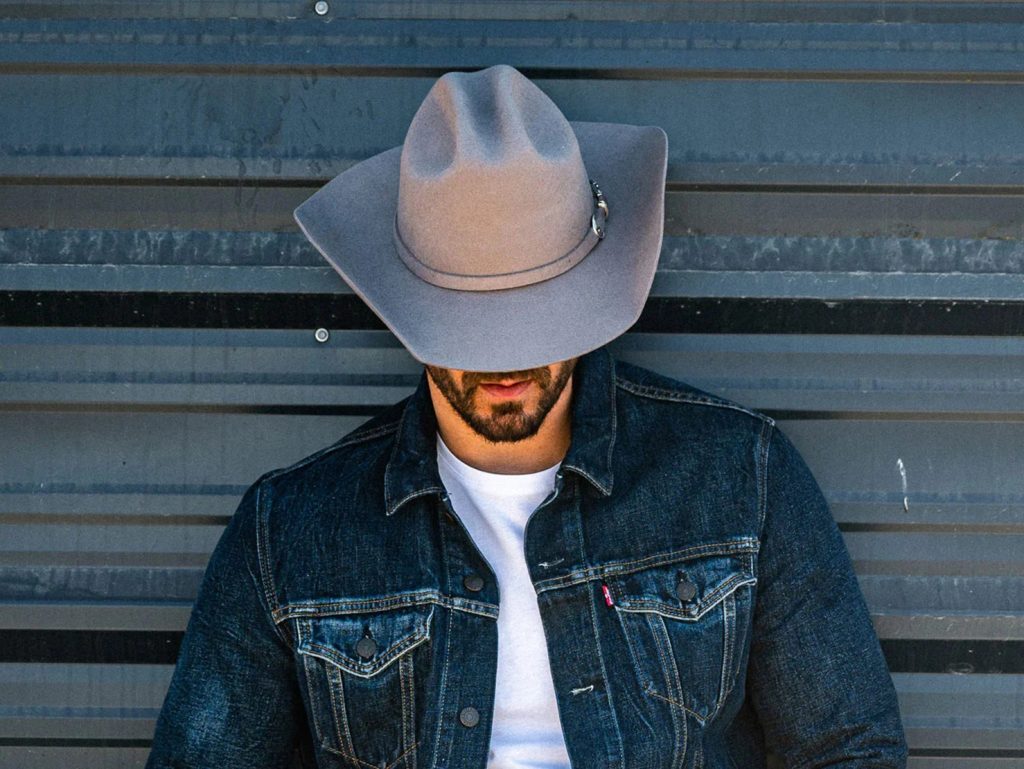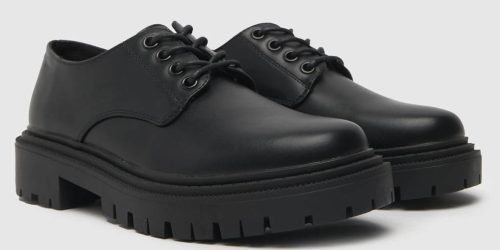The History and Types of Mexican Hats: A Cultural Journey
My journey to Mexico introduced me to the fascinating world of Mexican hats. These vibrant, uniquely shaped hats are not only iconic symbols of Mexican culture but also play a vital role in the everyday lives of the Mexican people. I will take you on a journey to explore the history, types, and cultural significance of Mexican hats, revealing how they have become an integral part of Mexico’s rich heritage.
I. The History of Mexican Hats
The history of Mexican hats stretches back hundreds of years, rooted in the country’s climate, customs, and artisanal traditions. Mexican hats are not only practical items for protection against the elements but also carry deep cultural meanings.
1.1 Origins of Mexican Hats
The origins of traditional Mexican hats date back to the Spanish colonial period. In the 16th century, Spanish conquerors introduced European hat styles to Mexico, which gradually blended with indigenous cultures to evolve into the various types of Mexican hats we know today. Especially in hot regions, hats became essential for farmers working in the fields, serving both as practical tools and symbols of status and identity.
1.2 Symbolic Significance of Mexican Hats
Mexican hats, particularly the wide-brimmed sombrero, hold a significant place in Mexican culture, symbolizing the nation’s spirit and pride. These hats are often intricately woven by local artisans, showcasing elaborate designs and craftsmanship. They are worn during festivals, weddings, and other important occasions, reflecting the deep respect Mexicans have for their traditions.
II. Different Types of Mexican Hats
Mexico is home to a wide variety of hats, each with its own unique function and cultural background. Here, I’ll introduce some of the most iconic Mexican hats.
2.1 Sombrero
When people think of Mexican hats, the first image that often comes to mind is the sombrero. Made from straw or wool, this wide-brimmed hat is designed to provide effective sun protection. Sombreros are popular among farmers and frequently appear in traditional Mexican folk dances and equestrian performances. Their exaggerated shape and vibrant decorations have made them one of the most recognized symbols of Mexican culture.
2.2 Jipijapa Hat
The Jipijapa hat, originating from the southern state of Oaxaca, is handcrafted from the fibers of the Jipijapa plant. Renowned for its lightness and breathability, the Jipijapa hat is ideal for hot climates. These hats are often adorned with colorful ribbons or embroidery, showcasing the exquisite craftsmanship and creativity of Mexican artisans.
2.3 Gorro (Warm Hat)
In Mexico’s diverse climate, especially in mountainous and highland regions, the gorro or warm hat is an essential accessory. Typically made from wool or alpaca fiber, these hats provide much-needed warmth during the colder months. Gorro hats come in various styles, some featuring cute pom-poms or intricate knitted patterns, blending functionality with fashion.
2.4 Sombrero de Costa (Coastal Hat)

The coastal hat is a lightweight, durable hat commonly used in Mexico’s coastal areas. Its design effectively shields wearers from the intense sun, making it perfect for beach outings. Coastal hats are usually woven from local palm leaves or other natural materials, making them a popular choice among fishermen and tourists alike.
III. The Craftsmanship of Mexican Hats
The craftsmanship behind Mexican hats is both complex and time-consuming, especially for those that are handwoven. Each hat is a unique piece of art, reflecting the skills and dedication of the artisans.
3.1 Material Selection
A variety of materials are used to make Mexican hats, including straw, palm leaves, wool, and alpaca fiber. Artisans choose materials based on the hat’s intended use and the climate where it will be worn. For example, sombrero hats are often woven from durable straw, while gorro hats are made from warm wool.
3.2 Weaving Techniques
Mexican weaving techniques are intricate, particularly in the creation of Jipijapa hats, where artisans may spend days or even weeks weaving each hat. The brim of these hats is often tightly woven to ensure durability and aesthetic appeal.
3.3 Decoration and Design
Mexican hats are frequently decorated with vibrant patterns and colors. Traditional sombreros are adorned with ribbons, embroidery, and beads, while Jipijapa hats emphasize texture and detailed weaving. Each hat showcases the Mexican people’s appreciation for beauty and artistry.
IV. How to Choose the Right Mexican Hat
As a traveler, selecting the right Mexican hat involves considering your destination and the weather conditions. If you’re heading to a hot coastal area, a coastal hat or Jipijapa hatis ideal, while a gorro hat is essential for trips to the mountains. While sombrero hats are visually striking, their large size may not be practical for long journeys.
4.1 Understanding the Cultural Background

When purchasing a hat in Mexico, understanding its cultural background can deepen your appreciation of these crafts. Many Mexican hats are made by family-owned workshops, and buying one not only supports the local economy but also helps preserve these traditional crafts.
4.2 Ensuring Quality
Quality is key when choosing a hat. Handwoven hats tend to be more durable and aesthetically pleasing. You can assess quality by examining the tightness of the weave and the overall symmetry of the hat.
V. The Cultural Influence of Mexican Hats
Mexican hats are more than just cultural symbols; they have also inspired global fashion trends. On the international stage, Mexican hats frequently appear in fashion shows, concerts, and films, showcasing their unique charm. Particularly, the sombrero, with its rich ethnic flair, has become a global symbol of Mexican culture.
Through this exploration of Mexican hats, I’ve gained a deeper understanding of Mexico’s rich cultural and historical heritage. These hats are not merely practical garments but also embody the wisdom and creativity of the Mexican people. If you ever have the chance to visit Mexico, don’t miss the opportunity to experience these unique hats firsthand. Whether you purchase one as a keepsake or learn about its cultural story, it will undoubtedly add a vibrant touch to your travel experience.





